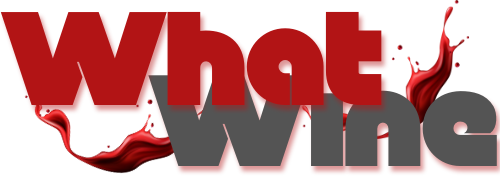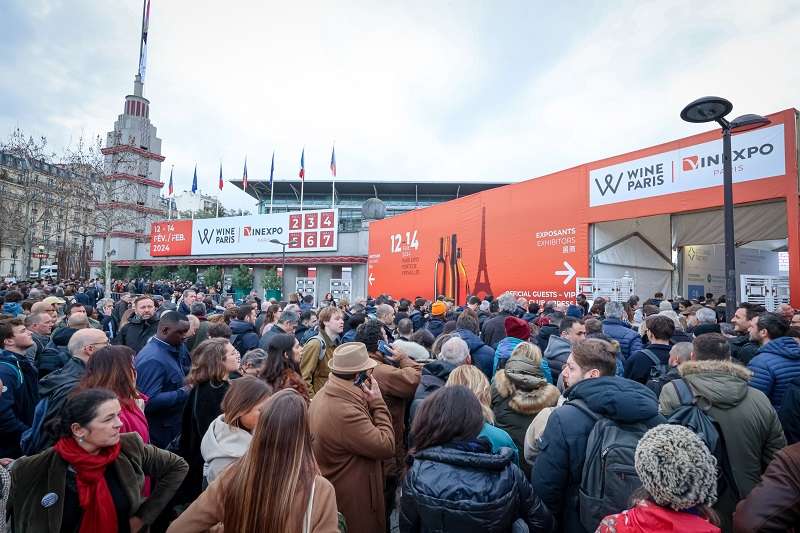Despite the challenges affecting the global wine market, there is a clear wave behind Wine Paris, as the show attracts more exhibitors and looks to consolidate trade amid geopolitical uncertainty.
At a press conference in London this week, Rodolphe Lamis, CEO of exhibition organizer Vinexposium, told the global wine market “it's not very exciting”. For the first time, there is no market that feeds the rest of the wine economy, he explained.
“Normally, if the United States is a bit slow, you can rely on the United Kingdom or China, for example,” he said.
Citing IWSR data, Lamis said the global wine category was continuing its structural decline, with overall volumes down 3.9% in the first half of 2024. He said persistent inflation had led to lower trading, adding that Champagne was down 8.6%.
He said that in the UK, wine consumption was down, with wine down 3.8% year-on-year and sparkling wine down 4.6%. However, Lamis noted that medium-strength (7-8.5% abv) and English sparkling wines have shown resilience, reflecting a shift towards innovation and local options.
During the conference, Lamis was joined by the CEO of the Wine and Spirit Trade Association, Miles Bell, who began by saying that the UK wine market was at around 1.6 billion bottles “but it’s not growing”.
“The UK no longer risks being the center of the wine trading world in the same way it once was,” he said.
He added that ranges within retail are “almost certainly shrinking”.
“This is partly because legislative changes are now more complex,” he added, citing recent changes in customs duties among other challenges.
“The UK is becoming a less attractive market and something we are working hard on is making sure that any new new administrator will be as less burdensome as possible,” Bell said.
Looking at the UK from the outside, Lamis, who travels the world as part of his job, said that although the market was still considered important, “it's probably not as important as it was in the past” because of the scale of legislative changes. .
The duo stressed the need for a unified approach when it comes to sharing challenges and opportunities across the industry. Bell spoke of the importance of Wine Paris, not only as a place for producers to meet buyers, but also as a platform for discussion.
Growing gallery
Lamis was keen to establish an international presence at Wine Paris next year. While France remains a key market for the show, he said there will be 4,600 exhibitors – that is 19% more floor space than in 2024 – with 64% of that floor space for international exhibitors.
The exhibition will welcome new international pavilions: South Africa, Argentina, Armenia, Chile, Hungary, North Macedonia, Uruguay and Australia, which will increase their exhibition area fourfold in 2025.
“Australia has made its choice and will only invest in Paris in 2025,” Lamis added.
Organizers expect 50,000 trade visitors from 140 countries to attend, although Lamaze added that the number “could be a little more”.
Organizers said the spirits zone will feature “more than 200 producers – including 38% new arrivals and 30% international attendees from 27 countries.”
The range of non-low/low drinks will also be expanded, with producer registrations increasing by 50% in 2024.
While geopolitical instability continues to impact the industry as well as consumer spending, Lamis declared that “2025 will be the last difficult year.”
“In times of great uncertainty, economic crisis and loss of meaning, isolationism is not an option,” he said. “By combining strengths, promoting innovation and engagement among all industry stakeholders and linkages between the economic and political spheres, we can leverage solutions.”
Lamis also echoed comments he made the previous year about wine producers needing to be better at marketing — and he said it's an industry that needs to reach the consumer.
Wine Paris 2025 takes place from February 10 to 12 at the Paris Expo Porte de Versailles.


